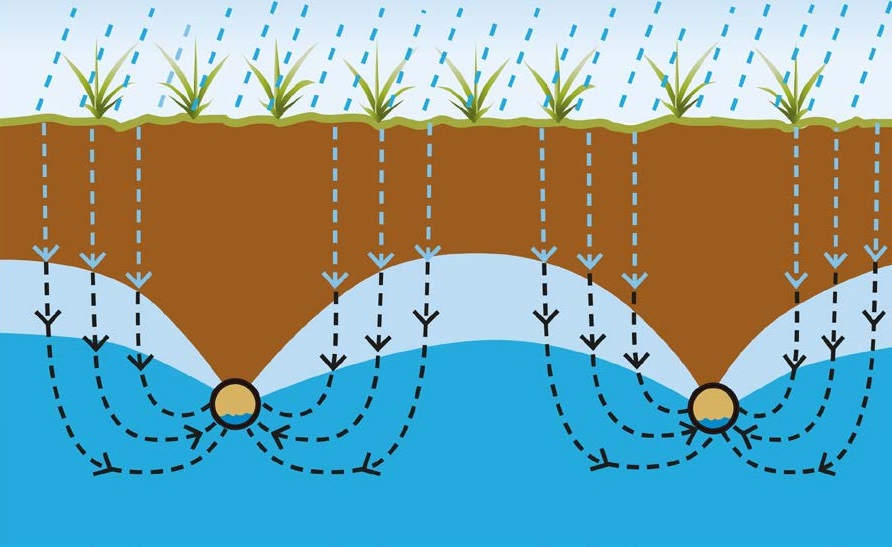Nitrogen management: 'High’ excess rainfall winter confirmed
Tuesday, 6 April 2021
Most UK areas exceeded the ‘high’ excess winter rainfall (EWR) threshold in 2020–21, according to final estimates published by AHDB.
Access the excess winter rainfall maps and guidance
The extent of the ‘moderate’ and ‘high’ EWR is further south and east this year, when compared to the long-term average (1981–2010).
The final estimates reflect trends initially detected in the mid-season EWR data, which was released in February.
Mid-season excess winter rainfall estimates (February 2021)
As EWR has a large influence on the nitrate leaching and, thus, the nitrogen availability to a crop, farmers are being reminded to refine their nitrogen management plans in accordance with the AHDB Nutrient management guide (RB209).
EWR is the amount of rainfall the land receives after the soil profile becomes fully wetted in the autumn (field capacity) and before the end of drainage in the spring (around the end of March).
AHDB uses Met Office data to map EWR over 199 40km by 40 km squares that cover the whole of the UK, with the following categories used:
- Low – less than 150 mm EWR (annual rainfall less than 600 mm)
- Moderate – 150 to 250 mm EWR (annual rainfall between 600 to 700 mm)
- High – over 250 mm EWR (annual rainfall over 700 mm)
Two map types are created – bare soil and cropped land. The cropped-land maps, which are produced for winter wheat, winter barley and winter oilseed rape, take account of water lost through the growing crop (i.e. evapotranspiration).
James Holmes, who oversees work on RB209 at AHDB, said: “People who farm towards the West and North of the UK are used to dealing with relatively high levels of winter rainfall. However, the picture towards the East and the South tends to be more changeable. It’s in these regions where greater flex needs to be applied to nutrient management plans.
“Estimates of soil nitrogen supply can be greatly improved by using RB209’s EWR look-up tables. Some people may need to consider adding extra nitrogen to compensate for that leached during the winter months. However, it is important that any adjustment is made after crop condition and, critically, yield potential have been considered.”
Final EWR results
.png)
How this season compares
 compared to the long-term average.png)
Excess winter rainfall: A brief history
AHDB’s EWR estimates use Meteorological Office Rainfall and Evaporation Calculation System (MORECS) data.
The mid-season estimate is based on the period 1 October 2020–31 January 2021.
The final estimate (detailed above) is based on the full EWR ‘winter’ period, which runs from 1 October 2020–31 March 2021.
EWR information was funded by Defra and produced by ADAS as ‘spring N advice’ up until 2015. In that year, AHDB took on responsibility for the publication of nutrient management guidance, through RB209, from Defra.
The release of EWR data is part of AHDB’s commitment to promoting best nutrient management practice, via the Nutrient management guide (RB209).
Topics:
Sectors:
Tags:




